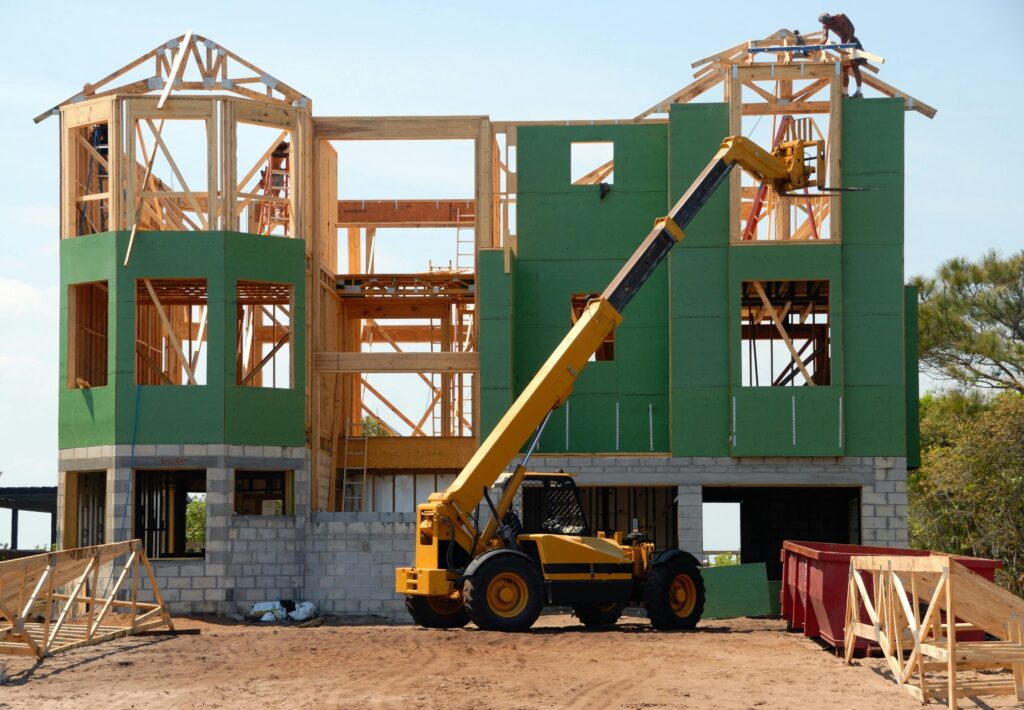The housing market continues to be a dynamic landscape, influenced by a complex interplay of economic factors. This week’s news provides a fascinating snapshot of the current situation, offering a blend of positive and cautious signals. Let’s delve into three key articles that paint a comprehensive picture.
Private Residential Construction: A Cautious Rebound
The first piece of news brings positive tidings: private residential construction spending saw a 1.3% increase in February, following a slight dip in January. This rebound is primarily driven by increased spending on single-family homes and residential improvements. While this is encouraging, it’s important to note that single-family construction spending remains slightly below year-ago levels, and multifamily construction continues its downward trend. The overall picture suggests a cautious optimism, with growth tempered by lingering economic uncertainties. Elevated interest rates and building material tariffs remain significant factors that influence the pace of construction.
Tariffs, Jobs, and Mortgage Rates: A Balancing Act
The second article highlights the interconnectedness of various economic indicators. A strong March employment report, showing 155,000 new jobs created, contrasts with the relatively subdued mortgage market. While mortgage rates have dipped slightly, to around 6.75%, purchase applications are up, indicating continued interest from homebuyers. However, the looming tariff announcement holds the potential to significantly shift market dynamics. This uncertainty underscores the need for careful monitoring of both economic and political developments. The analysis of mortgage bonds and 10-year treasury yields adds another layer of complexity, suggesting a market poised for potential volatility.

Homebuyer Demand: A Positive Trend
The third article offers a more optimistic outlook. Homebuyer demand for purchase loans has been consistently stronger than last year for over two months. This is attributed to stable mortgage rates and a rise in available housing inventory. The increase in purchase loan applications, particularly for conventional loans, suggests a growing confidence among buyers. However, the report also acknowledges the uncertain near-term outlook, emphasizing the need for continued vigilance. The increase in inventory is a positive sign, suggesting that the market is becoming more balanced, reducing some of the pressure from low supply.
Conclusion: Navigating the Housing Market Maze
The three articles, taken together, paint a picture of a housing market in transition. While positive indicators like increased construction spending and homebuyer demand offer encouragement, the lingering effects of interest rates, potential tariff impacts, and overall economic uncertainty warrant a cautious approach. The market’s resilience is evident, but navigating its complexities requires careful consideration of multiple factors.

FAQs
Q: Are rising interest rates still a major concern for the housing market?
A: Yes, elevated interest rates continue to influence construction costs and affordability, impacting both builders and buyers. While rates have slightly decreased recently, they remain a significant factor to watch.
Q: How will the tariff announcement affect the housing market?
A: The impact of the tariff announcement is uncertain but could be significant. Changes in building material costs could affect construction spending and housing prices.
Q: Is the increase in housing inventory a positive sign?
A: Yes, the increase in available housing inventory is generally positive, as it reduces supply pressure and potentially makes homes more accessible to buyers.
Q: What should homebuyers do in this current market?
A: Homebuyers should carefully consider their financial situation, monitor interest rates and market trends, and work closely with a real estate professional to make informed decisions.
Q: What is the outlook for the housing market in the coming months?
A: The outlook remains uncertain, with a mix of positive and negative signals. Continued monitoring of economic indicators and market trends is crucial for understanding the future trajectory of the housing market.
